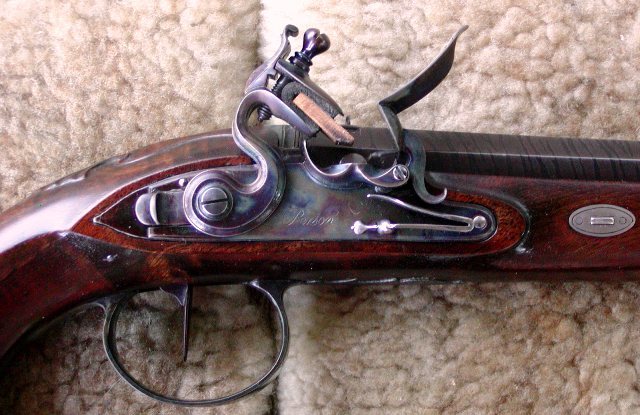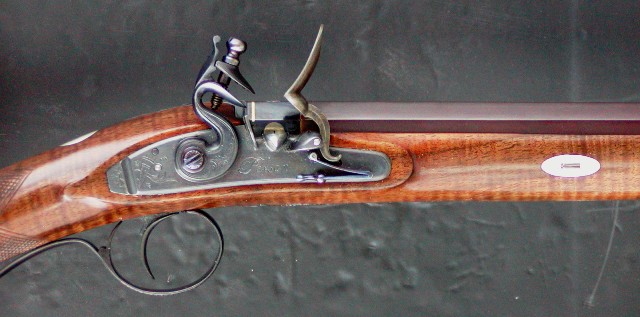There is are real problems with our friend who keeps re-heating his frizzen. From what he says, he is taking the metal up to the critical temperature and then letting it cool in air. This, depending on the chemistry of the metal, will be causing several things to happen. Firstly whatever carbon is in the alloy is being allowed to degrade, and the percentage of Fe3C in the surface layers will be reducing. This is reducing the hardness of the surface. Secondly, the constant reheating at just below the annealing rate will be causing grain growth in the metal. This will fundamentally change the structure and properties, and is the reason that fire grates burn out..
I would not be surprised if the frizzen simply falls apart in the not too distant future..
This is voodoo metallurgy.. we got past this point in the 18th C when sticking red hot swords in slaves became passe!
Go read a book on Metallurgy or speak to a Metallurgist if you don't believe me!
Regarding re-carbonized frizzens. I do this to new locks, and 2 or 3 of my old locks that have older frizzens, in particular my 1803 Rifle by Euroarms / Anton Zoli, and a Springfield musket with repro parts and an original lock. The Frizzen on the 1803 is crap, I’ve re-carbonizing it for the last 20 years, it not falling apart anytime soon trust me, its lower grade 1051 steel, the kind of mild steel that would used to make say a barrel band or trigger guard, and while the frizzen is heated, I cook the carbon into the face of it. This is the only way this frizzen gets a decent amount of sparks, getting a new frizzen to it this lock has been a challenge, finding someone to cast a copy of it in 6150 is something I can do but the expenses isn’t worth the investment, I’d just as soon sell it.
New Locks with sand casted frizzens I harden and temper only, especially if their of 6150 steel, I only carbonize them if the gunsmith recommends it, I get my parts from The Rifle Shoppe and Butch’s Antique Gun Parts.
The original frizzens I have on a few guns need to be carbonized, they’re around 200 years old, most metals of that era were surface hardened.
As far as the Ketland Lock’s issues, the only thing I can thing of that would keep it from sparking is spring strength and a decarbonized frizzen. Since this gun is used, Chambers earlier locks might have been made of lower 1050 steel, many of the guns of the 1970’s and 1980’s were made with lower carbonized steel imported from Spain, not sure about Chambers, but getting a replacement frizzen on a Ketland should be an easy thing, $20-30 for the part and then $50 for the work if you don’t do it yourself.
Japan made the best steel parts, Miruko locks sparked the best; I’ve never rehardened any of my Miruko frizzens.
Pedersoli Frizzens are pretty good too, the springs are kinda softer but they work well.
Nick






